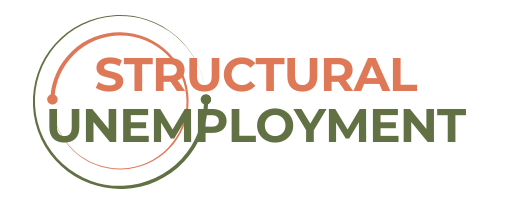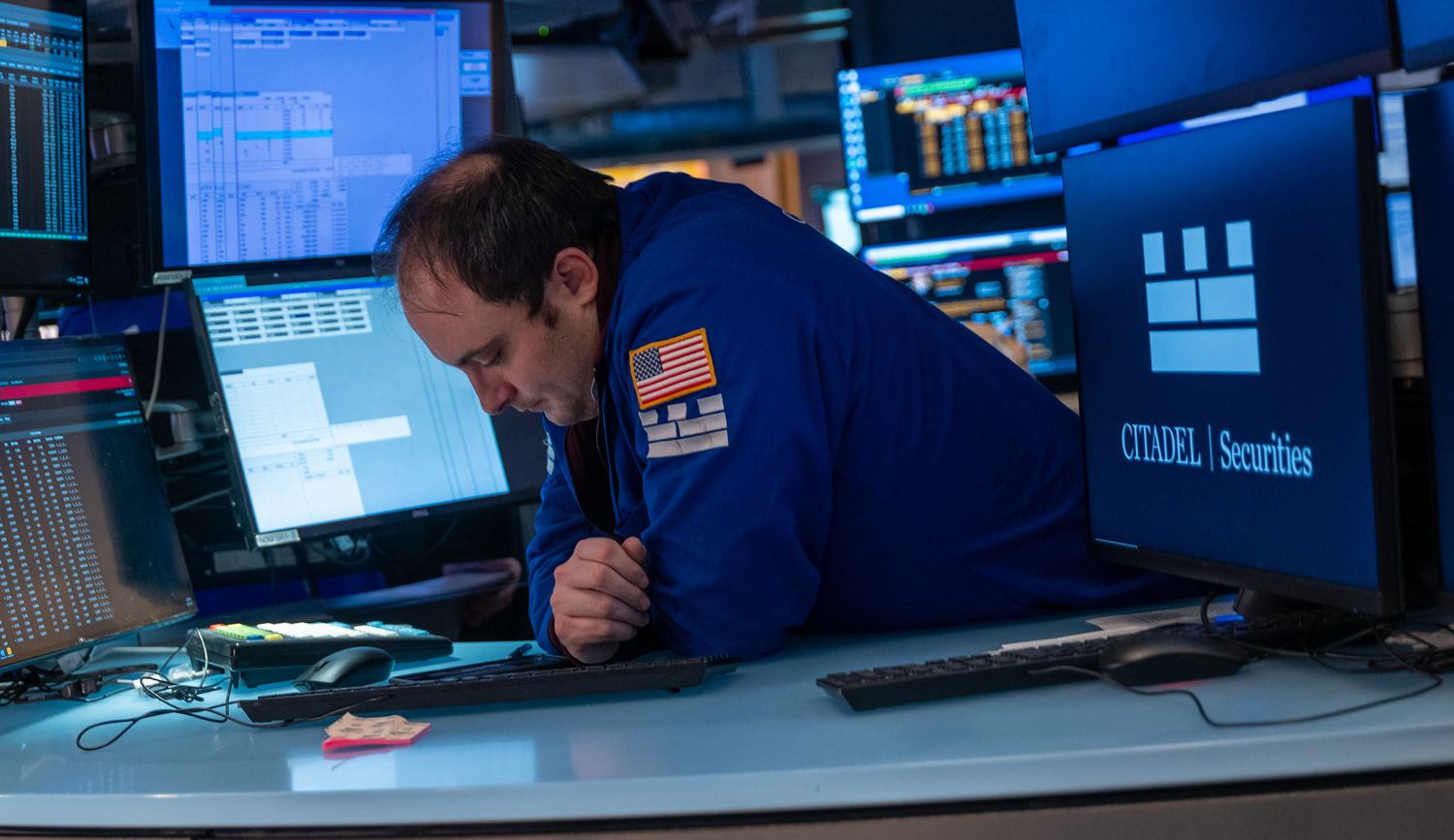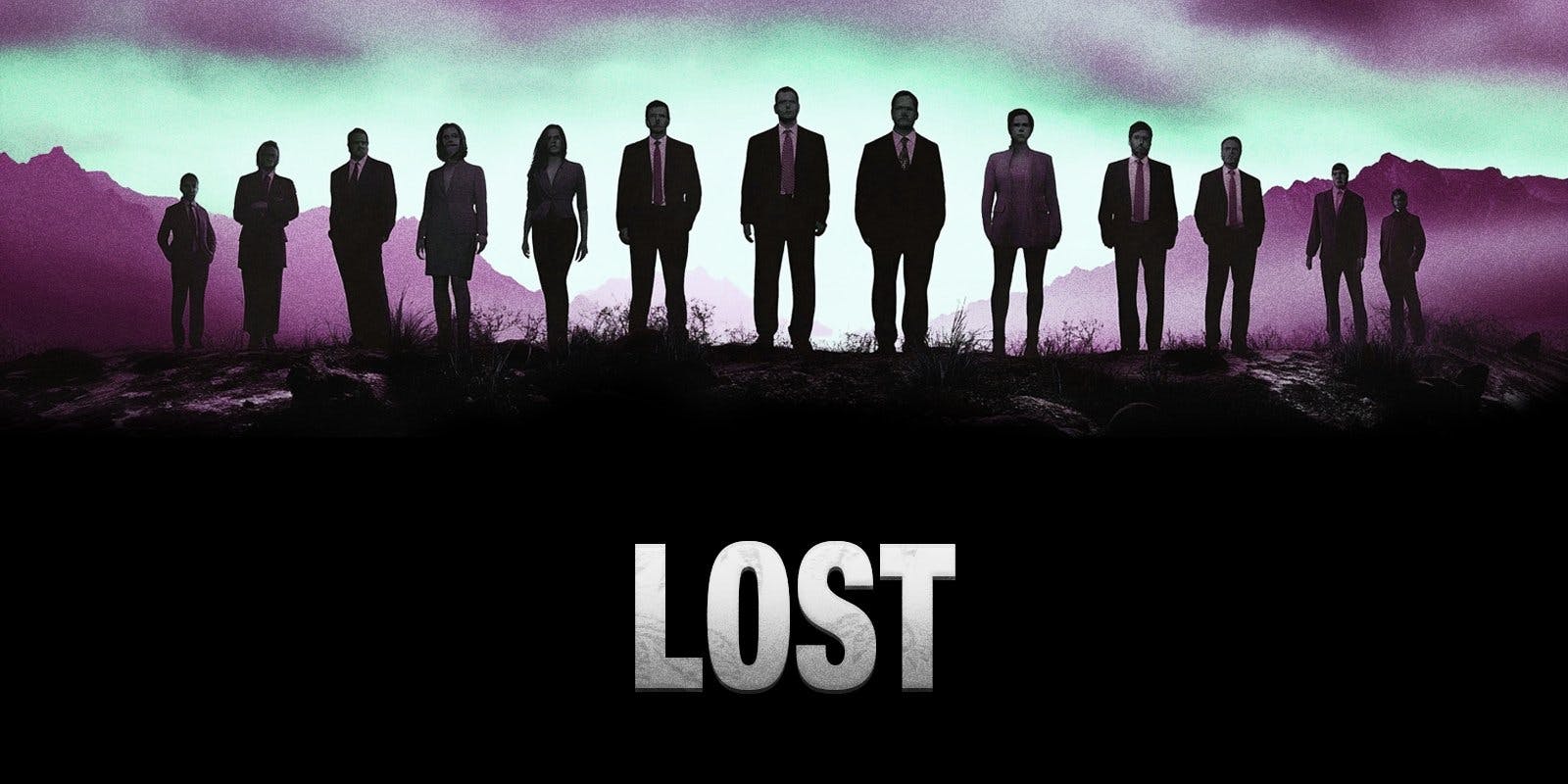The Dow Jones Industrial Average is chock-full of industry-leading blue chip stocks — many of which pay dividends. But the Dow tends to underperform the S&P 500 during growth-driven rallies when investors pile into companies based on their potential.
Investors looking for established companies with track records for earnings growth have come to the right place. Here’s why Visa (V 1.08%), Microsoft (MSFT 0.94%), Procter & Gamble (PG 0.49%), Coca-Cola (KO 0.74%), McDonald’s (MCD 0.93%), Chevron (CVX 0.61%), and Nike (NKE 0.04%) are seven excellent Dow stocks that have underperformed the S&P 500 in 2024 but stand out as great buys for 2025.
Image source: Getty Images.
A growth-driven rally
Year to date, only 10 of the 30 Dow components are outperforming the S&P 500 at the time of this writing. And two of those components — Nvidia and Amazon — were added to the Dow this year.
Keeping pace with the S&P 500 in 2024 has been a challenge, even for well-known growth stocks like Microsoft, which rallied big time in 2023. Only 144 S&P 500 components, or less than 29%, are outperforming the index this year.
Big gains from growth companies that are valued more for their forward earnings than their trialing results have made the market more expensive. The S&P 500 is trading above 22 times forward earnings for the third period since 1985 — giving it a historically lofty valuation.
A forward price-to-earnings (P/E) ratio is based on consensus analyst estimates for the next 12 months of earnings. Given that the S&P 500’s current P/E ratio is 30.3, there’s a lot of implied growth for the year ahead.
Combining value, income, and growth
Investing during periods of volatility, no matter if the stock market is expensive or cheap, is a great way to build wealth over time. Or as Ken Fisher of Fisher Investments once said: “You don’t need perfect timing to achieve marvelous returns. Time in the market beats timing the market — almost always.”
However, when the market is expensive, investing in companies that can justify their valuations and have what it takes to endure challenges is essential. Visa, Microsoft, Procter & Gamble, Coca-Cola, McDonald’s, Chevron, and Nike all have reasonable valuations and have steadily increased their dividends over time.
|
Company |
Forward P/E Ratio |
Dividend Yield |
Consecutive Years of Dividend Increases |
|---|---|---|---|
|
Chevron |
13.7 |
4.6% |
37 |
|
Coca-Cola |
21.9 |
3.1% |
62 |
|
Procter & Gamble |
24.2 |
2.4% |
68 |
|
McDonald’s |
24.8 |
2.3% |
48 |
|
Visa |
28.3 |
0.7% |
15 |
|
Microsoft |
33.5 |
0.7% |
15 |
|
Nike |
34.8 |
2% |
23 |
Data sources: YCharts, Chevron, Coca-Cola, Procter & Gamble, McDonald’s, Visa, Microsoft, Nike.
Chevron is an integrated oil and gas major with an excellent balance sheet and a low cost of production, meaning it can earn positive cash flows even at mediocre oil and gas prices. Chevron also has a sizable refining business and a growing low-carbon business as it aims to be better diversified to transition to a clean energy future.
Coca-Cola and P&G are two Dividend Kings, which are companies that have paid and raised their dividends for at least 50 consecutive years. Coke and P&G aren’t the fastest-growing companies, but they can perform exceptionally well during economic downturns or recessions. When budgets tighten, consumers are more likely to pull back on discretionary goods and services like entertainment, vacations, and big-ticket purchases like a new car than on beverages and household goods. Coke and P&G are excellent buys for risk-averse investors looking to limit volatility and generate passive income.
Having just raised its dividend for the 48th consecutive year, McDonald’s is on track to become a Dividend King by 2026. McDonald’s leverages its franchise model to reduce costs and volatility. Just 5% of McDonald’s stores are company-owned and operated. McDonald’s business model centers more on real estate, intellectual property, and royalties than on selling burgers and fries. The company’s growth depends on its brand and franchisees buying into the vision of its operating model. Ideally, it’s a win-win for both parties, as franchisees can have a cash cow business backed by a global brand, and McDonald’s can continue its passive international expansion.
Visa has one of the best business models on the planet. The company achieves ultra-high operating margins and benefits from network effects. The larger the network, the more secure it becomes and trusted by merchants and consumers. Visa has been able to sustain its growth by expanding internationally and boosting services for its debit and credit card users.
Visa stock doesn’t have a high yield, but it’s not because the company can’t afford it. Visa chooses to allocate the bulk of its capital return program to repurchasing stock, which has been a highly effective strategy given Visa has massively outperformed the S&P 500 over the long term. Even around an all-time high, Visa remains a reasonable value and is worth a closer look in 2025.
Microsoft stands out as one of the more balanced big tech giants. The company is generating record sales and 10-year high operating margins. It has a spotless balance sheet and doesn’t depend on debt to run the business. It continues to repurchase stock and raise its dividend at impressive rates. Microsoft has the potential to accelerate growth in the new year. Changes to its agreement with OpenAI could lead to even more AI monetization by giving Microsoft access to more advanced technologies. Microsoft’s investment thesis is stronger than ever, making the stock well worth its premium valuation.
Nike stock is right behind Boeing for the worst Dow performer in 2024. And its forward P/E ratio doesn’t even look that compelling. The business is slowing down and desperately needs a turnaround. Sales and margins are falling as the company struggles to balance its growing direct-to-consumer platform while also mending relationships with wholesalers. Nike reported earnings on Dec. 19 that showed some signs of improvement, but it takes time to reinvent a product development pipeline as extensive as Nike’s.
Nike is an underrated dividend stock with 23 consecutive years of annual increases. These increases, paired with the sell-off, have pushed its yield up to 2%. Folks who are confident that Nike can turn things around may want to consider picking up shares of the stock now, but bear in mind things could get worse before they get better, and turnarounds often take longer than expected.
Proven winners to buy now
Visa, Microsoft, Procter & Gamble, Coca-Cola, McDonald’s, Chevron, and Nike are recognizable brands and have business models that are fairly easy to understand. Their advantages should allow them to deliver on promises to investors over time. The best buy of the bunch will depend on your investment objectives and preferences.
Income-oriented investors may gravitate more toward Procter & Gamble, Coca-Cola, McDonald’s, and Chevron, whereas folks looking for more growth may want to explore Visa and Microsoft. As discussed, Nike is a specific case — the company has an iconic brand but has made blunder after blunder in recent years, and it could take time to recover. But if it does, the stock will likely look like a bargain at these levels.
All told, these Dow stocks offer a balance of reasonable risk and potential reward, making them excellent long-term buys in 2025.





